
By Halley Kim | Twitter: @halleywkim
“Hi guys! Did you have fun? What’d you learn about?” I called out to my two children from the doorway of the preschool room at church, my infant on my hip. The service was over and because being a pastor’s wife means being a single mom on Sundays, I was more than ready to collect my kids and head home.
“Jesus!” replied two-year-old Phoebe while she played on the floor with blocks. I smiled at her stereotypical answer and smiled at Janice too, the classroom volunteer that week.
But Janice was disturbed. “Well, we had to backtrack quite a bit. Now I’m SURE you’ve told them this, but —” Janice put up her hand like a stop sign and took a big breath before she finished her sentence. “But when I asked them if they knew who Jesus was, they said no.”
Do you know who Jesus is? I wanted to ask. Does anyone, conclusively?
It was obvious she felt improper implying a pastor’s wife wasn’t feeding her children the prescribed diet of indoctrination. Nevertheless she felt it her duty to alert me that my kids were not fast-tracked to Heaven. I felt trapped because I couldn’t respond outside of church lady etiquette. I’m supposed to be a ringleader, not a rebel. I’m supposed to be advancing the gospel, not pondering disconcerting questions, and certainly not slipping in my charge to “train up children in the way they should go.”
Maybe Janice conveyed impropriety, but she did not hold back her objection to my parenting. With no church-sanctioned outlet for my feelings, I choked them down into the bulging box of All The Things I Cannot Say. A splash of anger was displaced by the new deposit, and I thought how easy it would be to snap Janice’s ninety pound frame like a wishbone.
She continued reporting how my children were failing Sunday School. “I asked them if they knew what it meant to believe in Jesus, and they said no. I asked them if they knew what the word ‘believe’ meant, and they said no.” Janice’s eyes seemed to bulge from her skull every time she uttered the word “no.”
“They’re big concepts for preschoolers,” I replied with my Sunday smile. I gazed at Gabe, my five-year-old who was zipping a toy airplane around the room and oblivious to my fury, to my sense of being caged, to my desire to defend my sweet babies who don’t know the five points of Calvinism and who cares anyway.
“Oh, I just used the analogy of a chair!” Janice tapped me on the forearm like she was telling me she substituted applesauce for eggs in a recipe. “I said, ‘Gabe, do you believe this chair will hold you up if you sit down in it?’ And he said ‘yes.’ So then I said, ‘Gabe, what if the legs of the chair were made of paper? Do you believe the chair would hold you up then?’ And he said ‘no.’”
Janice beamed as if to say, “There you go! Easy as that!”
The only thought I could formulate was You can’t use a word in the definition of that word, dummy.
Janice fiddled with the buttons on her sweater like she was waiting for me to thank her for unlocking the mysteries of faith. Her nine-year-old son Andrew stood nearby. Apparently he’d long-ago rejected the children’s Bible in favor of “the real thing.” Janice told me earlier that Andrew was reading before age two (yeah right) and that he just loved to sit on the couch and read Revelations.
Such a weird kid, I thought to myself.
“That Phoebe sure parrots everything Gabe says!” Janice said, changing the subject.
“Oh yeah. She does.” My mouth was full of words I couldn’t say and anger I wasn’t permitted to express. My baby fussed for her overdue nap and the bulging box inside me threatened to explode. Noted! For the hundredth time: “Only round pegs allowed here, so get your square self together.” I do not fit the pastor’s wife mold, nor am I a passable Christian mother. Guess what? You don’t get to grade me. Stop telling me that your way is the only right way.
About Halley:

Halley Kim is a writer and lactation consultant who lives in Phoenix, AZ with her husband and three kids. She has published essays with Mothers Always Write and The Junia Project. Follow her on Facebook, Twitter and Instagram.











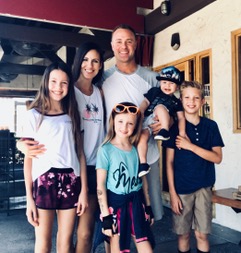

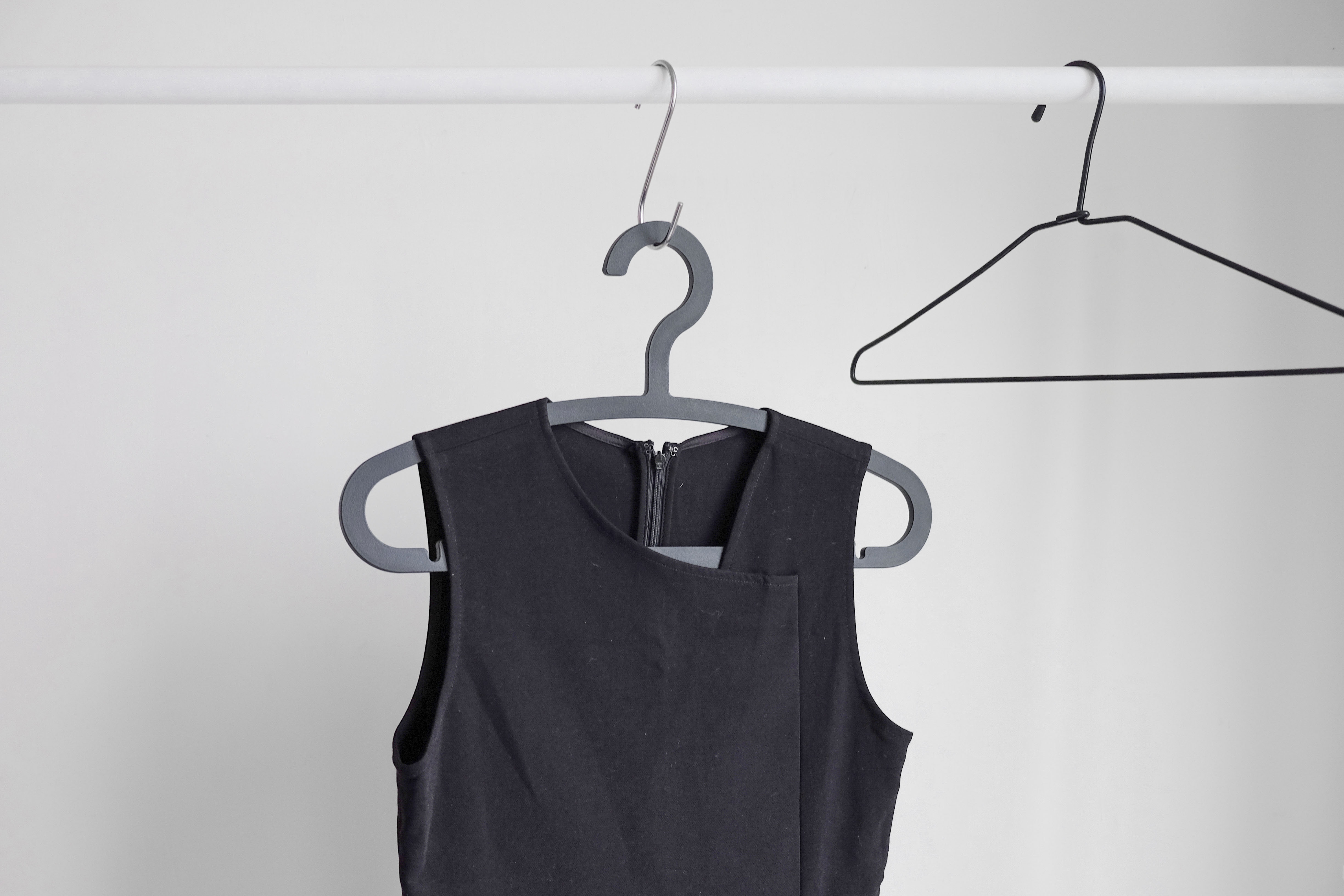
 Claire Florine is a writer living on the Far Southside of Chicago. Wife to a visionary, mommy to two wee ones, and a lover a good cup of black coffee, she seeks to simply life by pursuing meaningful minimalism, gobs of gratitude, and contentment in all situations. Find her writing at
Claire Florine is a writer living on the Far Southside of Chicago. Wife to a visionary, mommy to two wee ones, and a lover a good cup of black coffee, she seeks to simply life by pursuing meaningful minimalism, gobs of gratitude, and contentment in all situations. Find her writing at  For December, the theme on the blog is “The Other Side of Advent.” Let me know if you’re still interested in guest posting (I’m usually willing to extend deadlines)! Check
For December, the theme on the blog is “The Other Side of Advent.” Let me know if you’re still interested in guest posting (I’m usually willing to extend deadlines)! Check 
 Beth Watkins spent the last 6 years working in North and Sub-Saharan Africa with street children, refugees, and other vulnerable populations. She is currently settling back in the US with her immigrant husband and writes about living toward the kingdom of God and flailing awkwardly into neighbor-love at her
Beth Watkins spent the last 6 years working in North and Sub-Saharan Africa with street children, refugees, and other vulnerable populations. She is currently settling back in the US with her immigrant husband and writes about living toward the kingdom of God and flailing awkwardly into neighbor-love at her 
 Josi grew up on a farm in rural Nebraska. She received a Masters in Biblical and Intercultural Studies in Chicago. Shortly thereafter, Josi and her husband moved to West Africa to do business and non-profit work. Once they returned to Chicago, they worked for a refugee resettlement agency. Now they work for
Josi grew up on a farm in rural Nebraska. She received a Masters in Biblical and Intercultural Studies in Chicago. Shortly thereafter, Josi and her husband moved to West Africa to do business and non-profit work. Once they returned to Chicago, they worked for a refugee resettlement agency. Now they work for 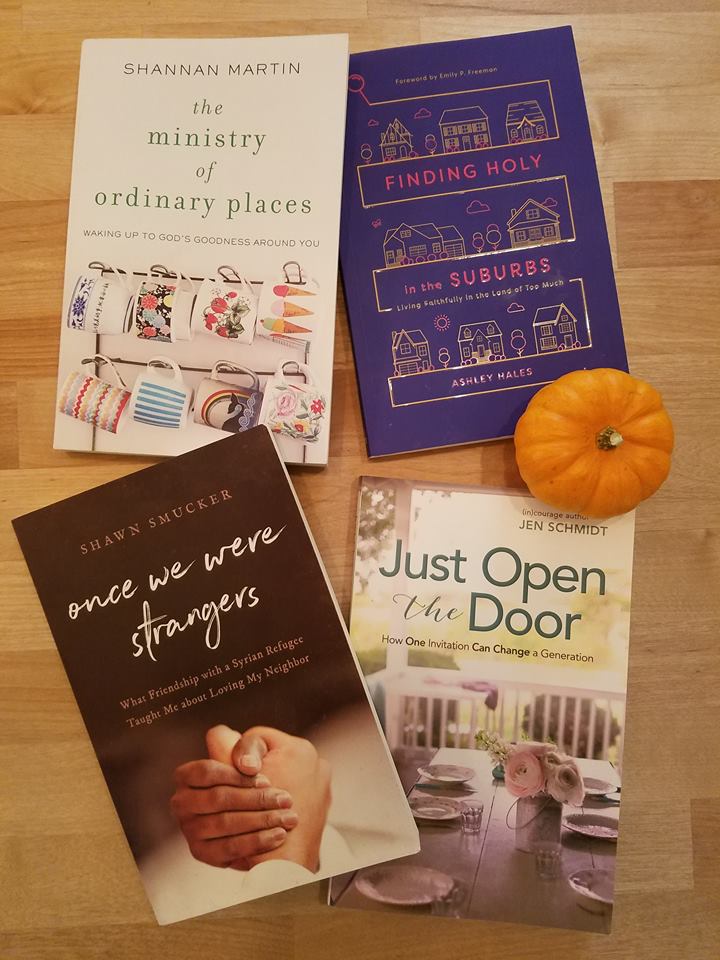
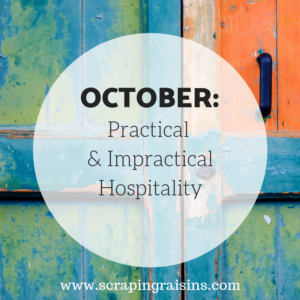 This month on Scraping Raisins we’re talking about practical and impractical hospitality. Be sure to follow along on my social media channels (buttons on top right of website) and
This month on Scraping Raisins we’re talking about practical and impractical hospitality. Be sure to follow along on my social media channels (buttons on top right of website) and 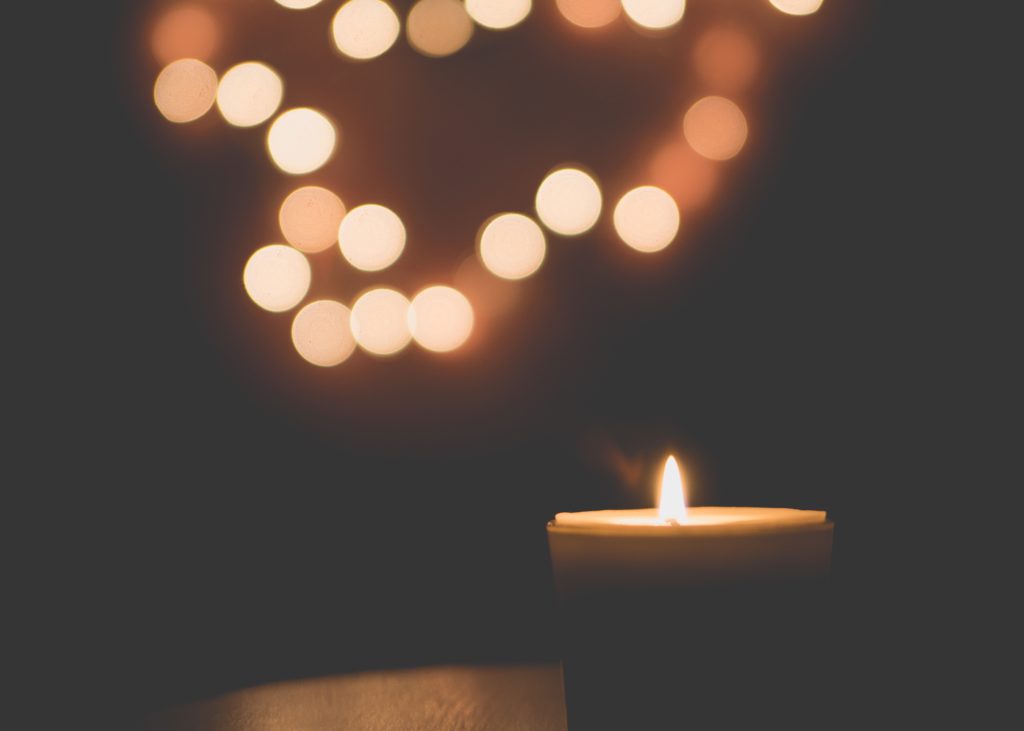
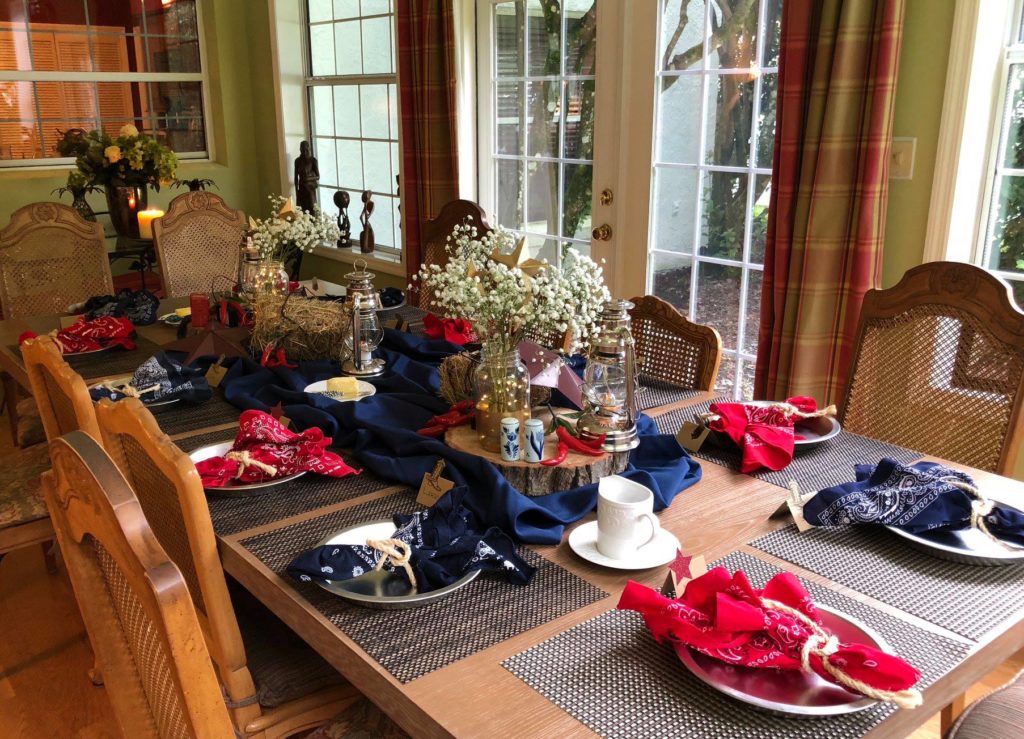
 Judy Douglass is a writer, editor, speaker, encourager. She partners with her husband, Steve, to lead Campus Crusade for Christ (Cru) globally. She writes at
Judy Douglass is a writer, editor, speaker, encourager. She partners with her husband, Steve, to lead Campus Crusade for Christ (Cru) globally. She writes at